Showing all 11 resultsSorted by latest
-
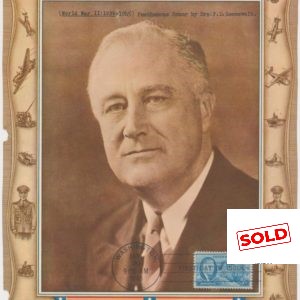 SOLD
SOLD -
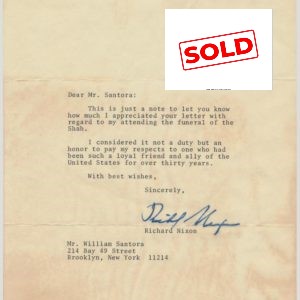 SOLD
SOLD -
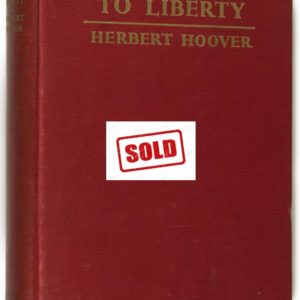 SOLD
SOLD -
 SOLD
SOLD -
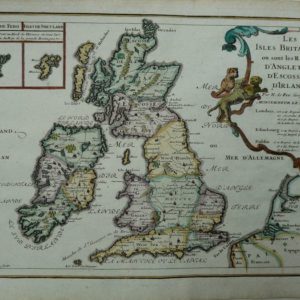
-
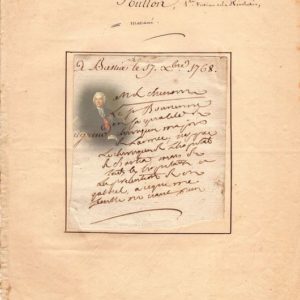
Joseph François Foullon – One of the First Victims of the French Revolution – Autograph Fragment – 1768
€445.00On 11 July 1789, Louis XVI dismissed Necker and appointed Joseph François Foullon controller general of finance in his stead. On 22 July 1789, Foullon was among the first to be massacred during the Revolution… BASTIA , 17 December 1768 Handwritten signature on a letter fragment. The fragment has been mounted on paper. It is…
-
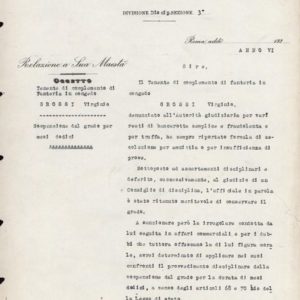
-
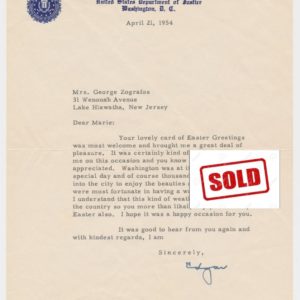 SOLD
SOLD -
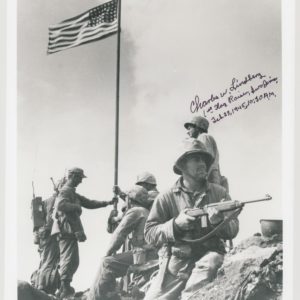
-
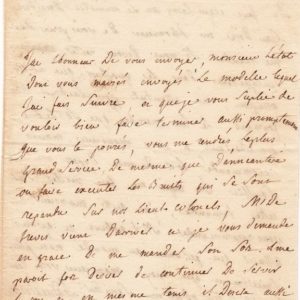
Louis Hercule Timoléon de Cossé-Brissac – Rare Autograph Letter Signed – 1763
€450.00One of the most prominent men at the courts of Louis XV and Louis XVI, he was a Grand Panetier of France, governor of Paris, capitaine colonel of the Cent-Suisses of the Garde du Roi, and a knight in various orders. In his later years he became fond lover of Louis XV’s last mistress Madame du Barry who was still very beautiful in her late…
-
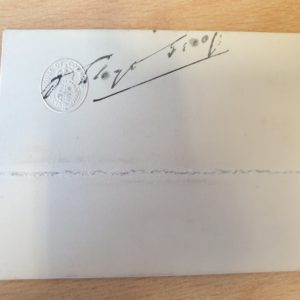
Autograph of David Lloyd George – British Prime Minister
€300.00Lloyd George was brought up in north Wales. He qualified as a solicitor before winning a by-election as a Liberal in the marginal Conservative seat of Caernarfon Boroughs in 1890, which he retained until 1945. Much public criticism was directed at him because of his strong opposition to the Boer War (1899-1902). He was one of the rising talents in the Liberal Party when it formed its last government, 1905-16. His first appointment was as President of the Board of Trade 1905-08, then becoming Chancellor of the Exchequer, 1908-15, where he was responsible for the ‘People’s Budget’ (1909), which helped finance old age pensions, and the National Insurance Act (1911). Shortly after the outbreak of World War One he was appointed Minister of Munitions and in December 1916 became Prime Minister; he led a coalition government from 1916-22 which was heavily dependent on Conservative party support. By late1918, his popularity was at its peak due to his role in leading the nation to victory.
As Prime Minister, Lloyd George’s achievements include the introduction of universal adult suffrage (1918) and significant housing and education legislation; he was also a key figure at the post-war peace conference held in Versailles. With regard to Ireland, his administration adopted a policy of reform and coercion. It was responsible for the Government of Ireland Act (1920), which provided for the creation of two governments – one in Belfast, with jurisdiction over the six north-eastern counties and the other in Dublin, responsible for the remaining twenty-six. Both were to have very limited devolved powers. This legislation resulted in permanent Irish partition and provided Northern Ireland with its constitutional foundation. Lloyd George genuinely believed that this measure would satisfy a majority of nationalists. Meanwhile, as the Anglo-Irish war of 1919-21 progressed his government introduced extremely repressive and ultimately unsuccessful measures to defeat the Irish Republican Army (IRA). These included the creation of the Black and Tans and Auxiliaries and the sanctioning of ‘official reprisals’ by British troops. Lloyd George underestimated support for the IRA, which he described as a ‘murder gang’, and the difficulties involved in defeating it. By mid 1921, he was in favour of a truce.
Lloyd George led the British delegation during the Treaty negotiations of July-December 1921. That agreement was reached was largely due to his extraordinary personal skills and magnetism. The price of his success was civil war in Ireland and the weakening of his own government. Following a Conservative party revolt, he resigned as Prime Minister in October 1922 and never again held political office. He died in 1945.
